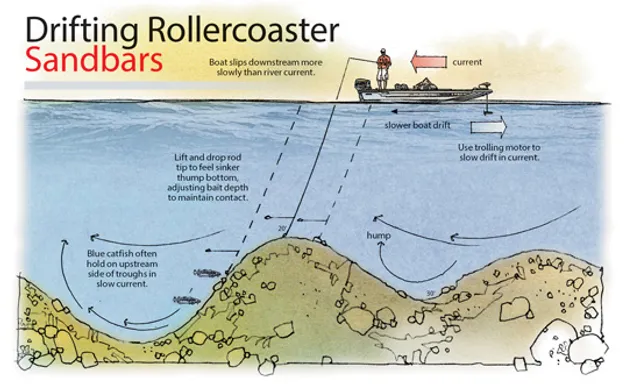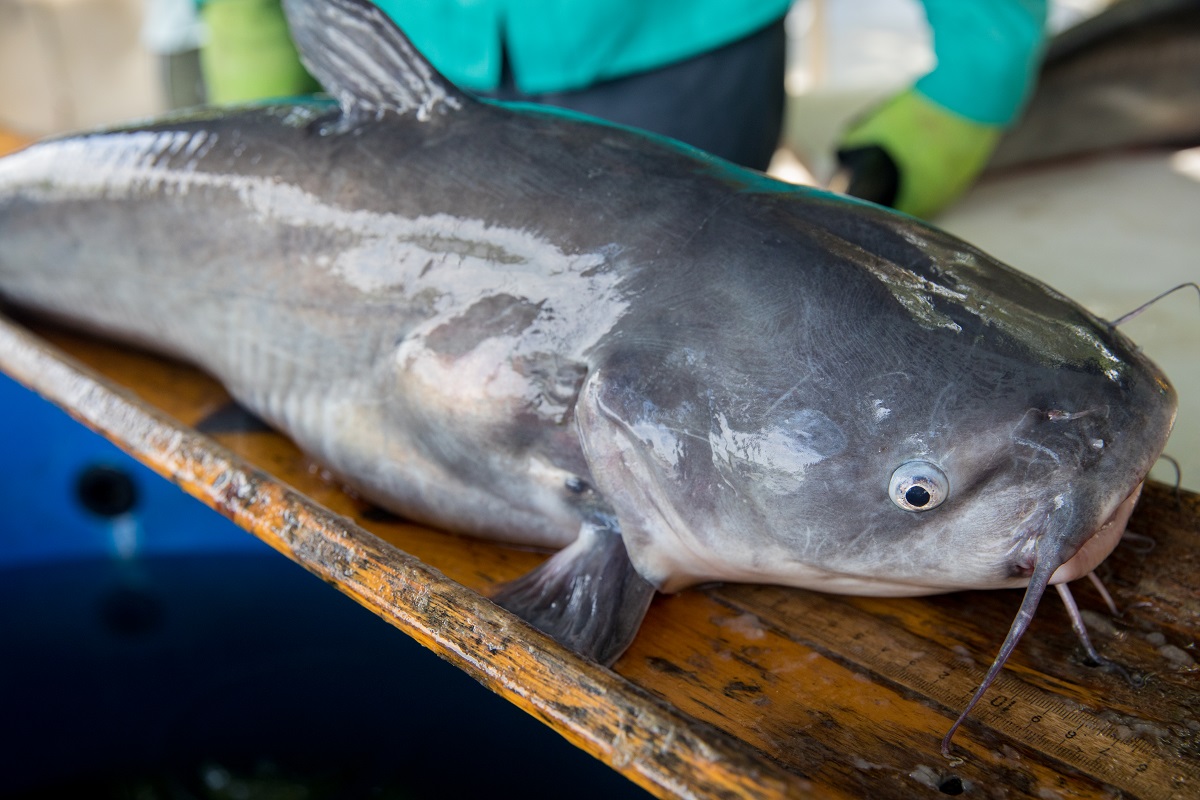Catfish fishing is a popular pursuit for many anglers due to the species’ size, strength, and the thrill they provide. To successfully catch catfish, it is essential to employ the right techniques. This article delves into the best methods for catching catfish, from basic techniques to advanced methods, and specialized approaches for different catfish species.
Basic Catfish Fishing Techniques
Bottom Fishing: Bottom fishing is one of the most effective methods for catching catfish, as these fish are typically found near the bottom of lakes and rivers. The technique involves casting your baited hook to the bottom and waiting for a catfish to bite.
- Baits: Some of the best baits for bottom fishing include nightcrawlers, cut bait, and stink bait. Nightcrawlers are universally effective, while cut bait and stink bait are particularly good at attracting catfish due to their strong scents.

- Equipment: Use heavy rods and strong lines, as catfish are powerful and can put up a strong fight. A sturdy rod holder is also useful to secure your rod while waiting for a bite
Float Fishing: Float fishing is another effective method, particularly useful in areas with vegetation or submerged structures where catfish might hide.
- Benefits: Using a float allows you to keep the bait off the bottom and detect bites more easily. It is particularly effective for targeting catfish in shallow waters.
- Setup: Attach a float above your baited hook. Best baits for float fishing include live baits like minnows and small fish, as well as artificial baits that mimic their movement
Advanced Catfish Fishing Techniques
Drift Fishing: Drift fishing involves moving with the current or wind, allowing your bait to cover a larger area and increase the chances of encountering catfish.
- Equipment: Use drift rigs and trolling motors to control your movement. Heavy sinkers help keep the bait near the bottom while drifting.
- Conditions: This technique is best used in large lakes or rivers with steady currents. It is particularly effective during the warmer months when catfish are more active

Jug Fishing: Jug fishing is a passive technique where baited lines are attached to floating jugs and left to drift in the water.
- Setup: Attach a baited hook to a line tied to a floating jug. Use multiple jugs to cover a wide area. Effective baits include live baits and cut bait.
- Considerations: Ensure you follow local regulations regarding jug fishing, as it can be restricted in some areas. Safety is also important; make sure your jugs are visible to other boaters
Trotlining: Trotlining involves setting a long line with multiple baited hooks, anchored at both ends and left in the water.
- Setup: Secure a long line between two points, such as trees or stakes. Attach short lines with baited hooks at intervals along the main line. Best baits include live fish, cut bait, and stink bait.
- Maintenance: Regularly check your trotline for catches and to ensure the bait remains attractive. This technique is highly effective for catching multiple catfish in one setup
Specialized Techniques for Different Catfish Species
Channel Catfish Techniques: Channel catfish are often found in deeper pools and around structures such as rocks and logs.
- Baits: Best baits for channel catfish include chicken liver, shrimp, and prepared stink baits.
- Methods: Bottom fishing and float fishing are effective for catching channel catfish. Target areas with slow-moving water and ample cover
Blue Catfish Techniques: Blue catfish prefer deep, open waters and are often found near river channels and lake basins.
- Baits: Cut shad, live bluegill, and large minnows are excellent baits for blue catfish.
- Methods: Drift fishing and bottom fishing are particularly effective. Focus on deep holes, ledges, and drop-offs where blue catfish are likely to congregate

Flathead Catfish Techniques: Flathead catfish are often found in slow-moving rivers and lakes with plenty of cover, such as fallen trees and submerged vegetation.
- Baits: Live baitfish, such as large minnows and sunfish, are the best choices for flathead catfish.
- Methods: Bottom fishing and trotlining are highly effective. Target areas with heavy cover and structure, as flatheads prefer hiding in these spots during the day
Successful catfish fishing requires understanding and employing the right techniques. From basic methods like bottom fishing and float fishing to advanced techniques such as drift fishing, jug fishing, and trotlining, each approach has its unique benefits. Additionally, specialized techniques for different catfish species can further increase your chances of a successful catch. By experimenting with these techniques and finding what works best in your local waters, you can enjoy a productive and rewarding catfish fishing experience.

Robert Smith is the proud owner of Bait Barrels and Bows, a premier fishing sports store established in 1989. With over three decades of experience in the industry, Robert has honed his skills to become an expert angler, sharing his vast knowledge and passion for fishing with enthusiasts around the world. Through his store and writings, Robert provides invaluable tips and guidance, helping both novice and seasoned anglers improve their techniques and enjoy the sport to its fullest. His commitment to the fishing community is evident in his dedication to quality products and excellent customer service.

